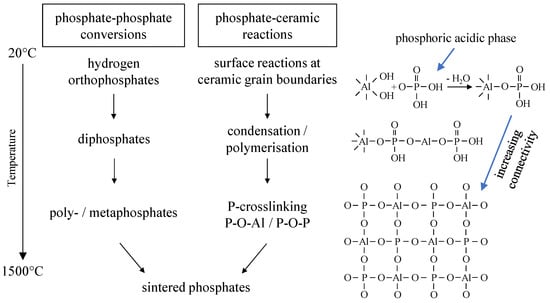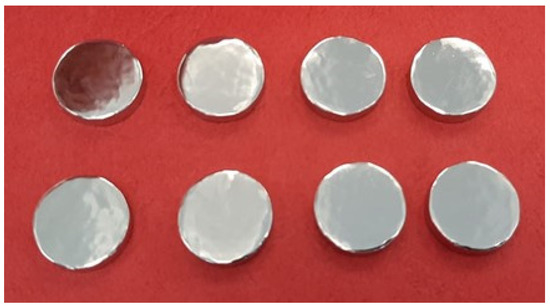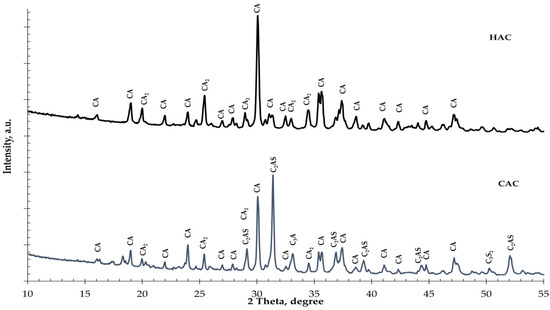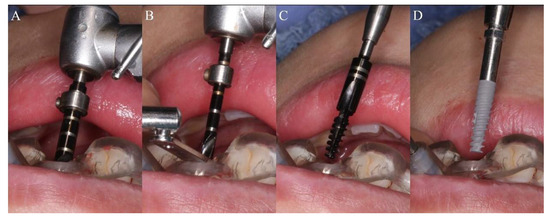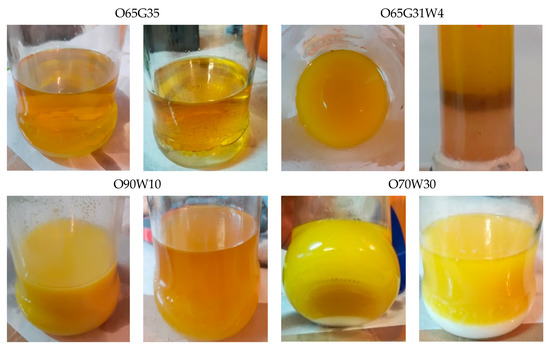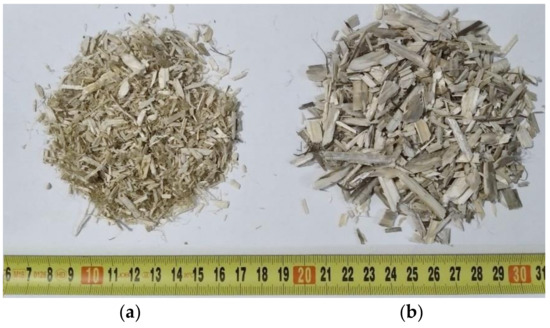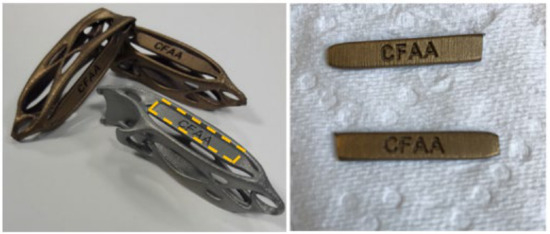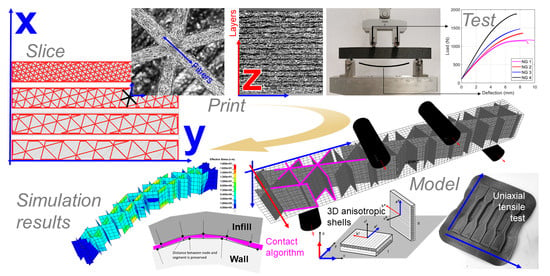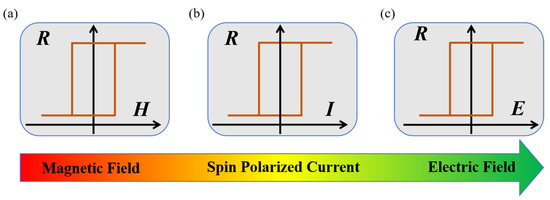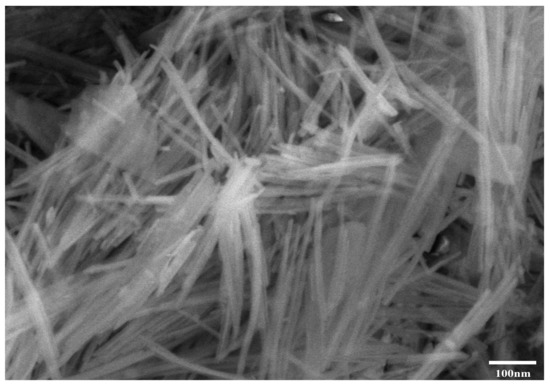Faculty for Natural Science, Campus Koblenz, University of Koblenz-Landau, 56070 Koblenz, Germany
Materials 2021, 14(16), 4636; https://doi.org/10.3390/ma14164636 - 17 Aug 2021
Cited by 11 | Viewed by 4405
Abstract
For refractory application, amongst others, inorganic chemical binders are used to shape and process loose, unpacked materials. The binder influences the chemical composition within the ceramic body during setting, aging and firing and thus the finally reached properties of the refractory material. For
[...] Read more.
For refractory application, amongst others, inorganic chemical binders are used to shape and process loose, unpacked materials. The binder influences the chemical composition within the ceramic body during setting, aging and firing and thus the finally reached properties of the refractory material. For an effective design of tailored materials with required properties, the mode of action of the binder systems should carefully be investigated. A combination of both structure analysis techniques and macroscopic property investigations proved to be a powerful tool for a detailed description of structure–property correlations. This is shown on the basis of X-ray powder diffraction and nuclear magnetic resonance spectroscopy analyses combined with observation of (thermo)mechanical and chemical investigations.
Full article
(This article belongs to the Special Issue Design, Manufacturing and Properties of Refractory Materials)
▼
Show Figures

